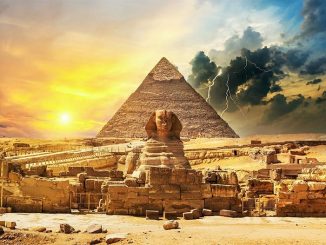The Enigmatic Charm of Luxor Temple
Luxor Temple, an ancient Egyptian temple complex located on the east bank of the Nile River in the city now known as Luxor (ancient Thebes), stands as a beacon of the past’s architectural and cultural grandeur. While it is renowned for its archaeological significance and as a magnet for tourists from around the globe, Luxor Temple’s relevance extends far beyond these aspects. This monumental structure has played various roles throughout history, each adding a layer to its rich tapestry and elevating its status as one of the world’s most historic buildings for reasons that transcend traditional boundaries of archaeology and tourism.
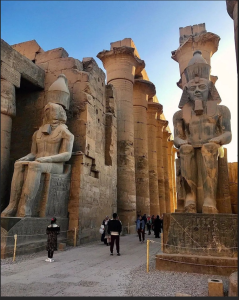
A Multifaceted Legacy
Constructed approximately 1400 BCE, initially dedicated to the rejuvenation of kingship, it is believed that many of the site’s structures were commissioned by Pharaoh Amenhotep III and completed by Tutankhamun and Horemheb. What sets Luxor Temple apart is its adaptation through various epochs, serving multiple purposes across different cultures and religions. From its inception as a center for the festival of Opet, where the Egyptians celebrated the divine kingship of their pharaohs, to its transformation into a Christian church during the Roman Empire, and later, the incorporation of a mosque within its complex, which still serves worshippers today, Luxor Temple exemplifies a remarkable continuum of human faith and spirituality.
Viewers are encouraged to see the image showcasing Luxor Temple’s majestic beauty, illustrating the harmonious blend of Pharaonic construction and later architectural additions. This visual representation captures the essence of Luxor Temple’s enduring legacy across centuries.
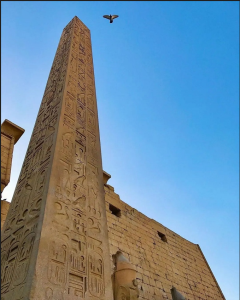
Beyond the Stones: A Living Monument
The layers of history embedded within the walls of Luxor Temple offer a unique perspective on the continuity of human civilization. Unlike many ancient monuments that stand as static reminders of a bygone era, Luxor Temple remains a living testament to the adaptability and resilience of cultural and religious practices over millennia. Its significance is amplified by the fact that it has been continuously used for worship for thousands of years, transitioning seamlessly between different beliefs and customs. This ongoing legacy enriches our understanding of the temple’s importance, highlighting its role in providing spiritual solace and continuity for countless generations.
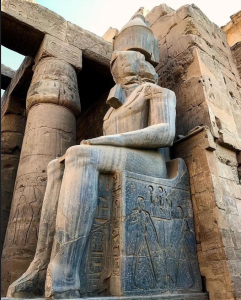
Protecting the Timeless Heritage
The enduring relevance of Luxor Temple underscores the critical importance of protecting such ancient sites. As a custodian of history, it faces challenges ranging from environmental degradation to the pressures of modern tourism. The conservation of Luxor Temple, and antiquities worldwide, is not merely about preserving stones but safeguarding the intangible heritage they represent. Efforts to maintain and restore these monuments require international collaboration and a commitment to sustainable tourism practices that respect the delicate balance between accessibility and preservation.
In conclusion, Luxor Temple transcends its identity as an archaeological site, embodying a living bridge across time and cultures. Its enduring legacy as a place of worship and communal gathering spotlights the need for concerted efforts in preserving such irreplaceable treasures. As we marvel at the historical and cultural richness of Luxor Temple, let us also champion the cause of protecting antiquities, ensuring that these testaments to human ingenuity and faith endure for future generations to witness and cherish.
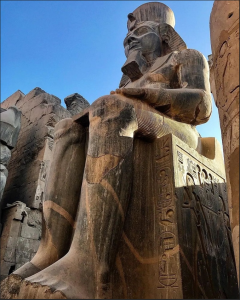
The preservation of Luxor Temple and similar antiquities is crucial for future generations to appreciate, learn from, and be inspired by the richness of human civilization. It is a responsibility that transcends borders and generations, urging us to act as stewards of the past for the sake of the future.

